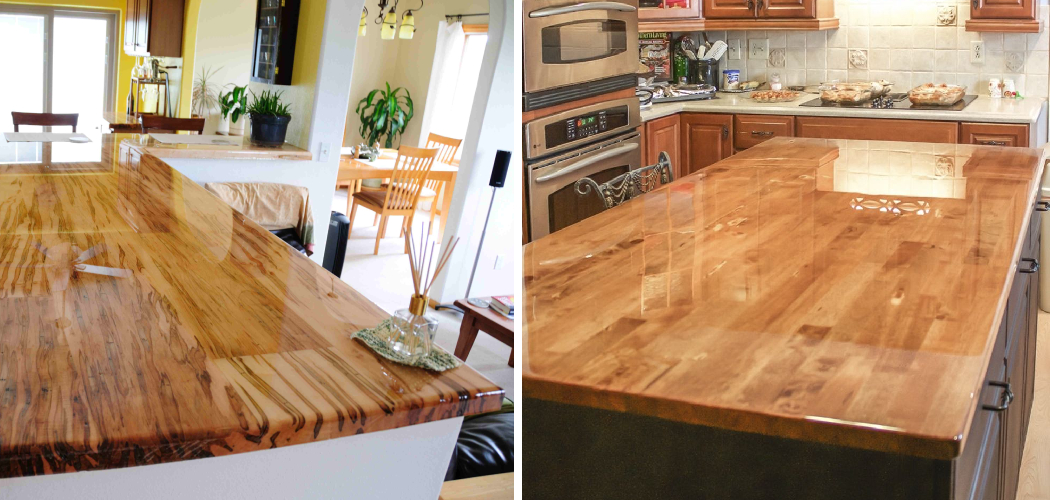Have you ever spilled epoxy resin on your wood project and found yourself wondering how to remove it? If so, you’re not alone. Many people find themselves struggling with how to safely remove epoxy resin from wood. Removing epoxy resin from wood surfaces can seem like an intimidating task, but with the right technique and materials, it doesn’t have to be!
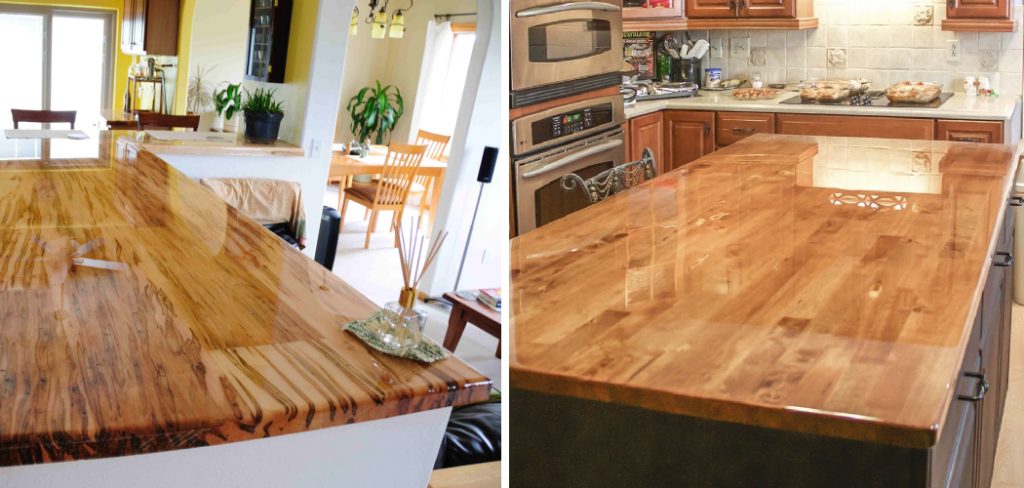
Whether you spilled some on your countertop or need to strip old paintwork from a piece of furniture, this guide will give you step-by-step instructions on how to remove epoxy resin from wood without damaging the wood underneath.
We’ll go over what tools and solutions are safe for different types of woods, plus some great tips for making the job easier. Keep reading to learn all about removing epoxy resin from wood effectively and safely!
What is Epoxy Resin?
Epoxy resin is a synthetic material made from two chemical compounds epoxide and a hardener. It’s used for a variety of projects, such as casting, laminating, coating, and sealing wood surfaces. The most popular uses are in marine repair and construction projects because of its durability and weather resistance. Epoxy resin can also be used to add color, pattern, or texture to a wood surface.
The Benefits of Using Epoxy Resin on Wood
1. Durable
One of the main benefits of using epoxy resin on wood is its natural waterproofing properties. The epoxy resin forms a hard, durable seal over the wood surface that can last for years with proper care. It’s also incredibly versatile and can be used to create decorative finishes that are both beautiful and unique. Additionally, it’s easy to use and sets quickly, making it perfect for those who need a project done quickly.
2. Easy to Clean
Another great benefit of using epoxy resin on wood is that it’s easy to clean and maintain. Unlike other finishes, epoxy resin can be wiped down with water and a mild detergent or sanded away if needed. This makes it ideal for surfaces that get frequent use, like countertops or tables.
What You’ll Need
- Steel wool
- A putty knife
- Sandpaper of various grits
- Mineral spirits (for oil finish woods)
- Denatured alcohol (for water sealant woods)
- Paint remover/stripper
- Protective eyewear and gloves
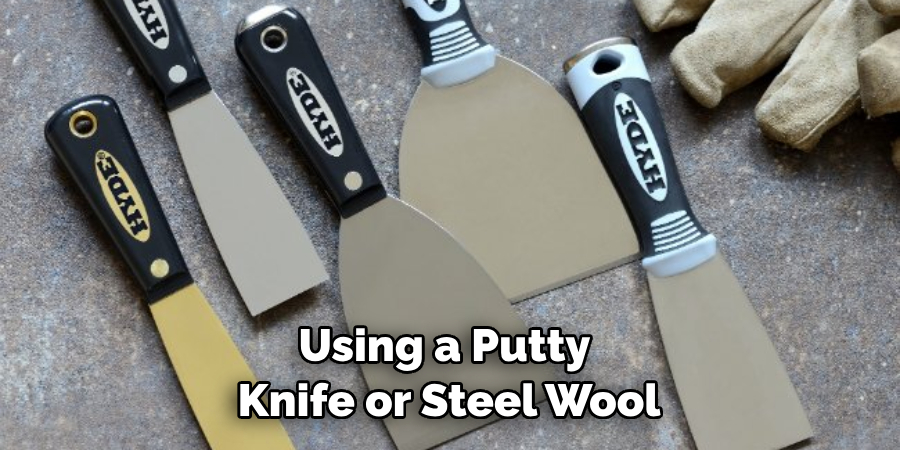
How to Remove Epoxy Resin from Wood in 10 Ways
Removing epoxy resin from wood can be a tricky job if you don’t know the right techniques and materials to use. Here are some tips on how to do it safely and effectively:
1. Physical Removal Method
The first method is to physically remove the epoxy resin using a putty knife or steel wool. Be sure to wear protective gloves and eyewear while doing this to protect your hands and eyes from any splinters or shards of material.
2. Sand Away the Residue
Once you’ve physically removed as much of the epoxy resin as possible, use a medium-grit sandpaper to sand away the remaining residue. This will help smooth out any rough edges left behind and give you a more even surface.
3. Use Mineral Spirits or Denatured Alcohol
If the epoxy is still not coming off easily with physical removal and sanding, try using mineral spirits for oil finish wood or denatured alcohol for water sealant wood. Apply these solutions with a soft cloth and let them soak in for a few minutes before wiping away the residue.
4. Use Paint Stripper/Remover
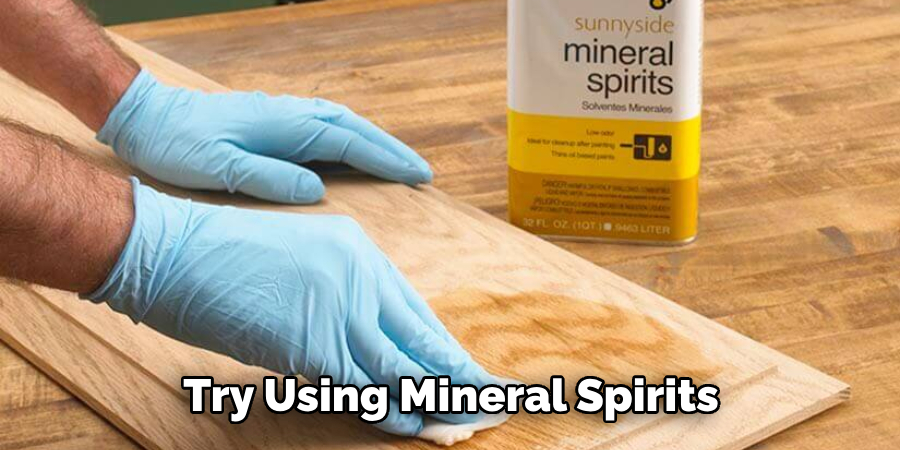
A paint stripper or remover is another option to try if other methods have failed. Be sure to follow the instructions on the package for proper application and safety.
5. Use Heat
If all else fails, you can try using a blow dryer or heat gun to soften the epoxy resin before attempting to scrape it off with a putty knife or steel wool. Be sure to wear gloves and protective eyewear, as there is a potential for burns.
6. Use a Chemical Stripper
Another option is to use a chemical stripper, such as lacquer thinner or citrus-based solvents. Be sure to follow the instructions on the package for proper application and safety.
7. Do Not Use Abrasive Cleaners
It’s important not to use abrasive cleaners when removing epoxy resin from wood, as these may cause further damage to the wood. Also, avoid using too much pressure when scraping or sanding, as this can also damage the surface of the wood.
8. Protect Exposed Wood
Once you’ve removed the epoxy resin from your wood project, it’s important to protect the exposed wood from further damage. You can do this by applying a sealant or varnish to keep moisture out and protect it from wear and tear.
9. Use A Wood Conditioner
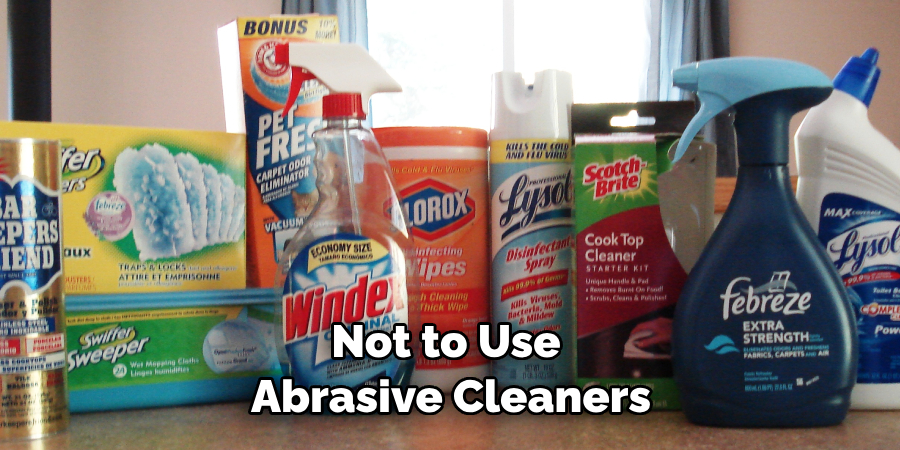
If your project is finished with an oil finish, be sure to use a wood conditioner before applying the sealant or varnish. This will help the wood absorb the finish and provide a better overall result.
10. Maintain Regularly
Last but not least, it’s important to maintain your epoxy resin-treated wood surfaces regularly. This includes wiping away any spills or dirt with a damp cloth and reapplying sealant or varnish as needed. Doing so will ensure your wood surfaces stay looking beautiful for years to come!
Now that you know how to remove epoxy resin from wood, it’s time to get started on your project. With the right technique and materials, removing epoxy resin doesn’t have to be a daunting task. Follow these tips, and you’ll be sure to achieve great results with minimal effort!
8 Safety Measures to Follow when Removing Epoxy Resin from Wood
- Make sure you are wearing the proper protective gear, such as gloves, goggles, and a respirator mask, to protect your skin and lungs from any hazardous dust particles or fumes.
- Before beginning the procedure, ensure all tools you plan on using for the removal process are safe to use with epoxy resin.
- Clear the area around the work surface and ensure it is well-ventilated so as to avoid any risk of inhalation or contact with toxic fumes.
- Ensure the wood is dry before starting to remove epoxy resin from it, otherwise, you risk damaging the wood in the process.
- If using chemical solvents, it’s important to read the safety guidelines on the label and follow them accordingly.
- When using a mechanical tool such as a chisel or scraper, be sure to use caution and go slow so you don’t damage the wood in the process.
- Make sure that all materials used for the removal process are disposed of properly according to local regulations and not washed into a sewer or other waterway.
- After the removal process is complete, clean up and wash surfaces with soapy water to ensure no residue is left behind.
By following these safety measures, you can make sure your epoxy resin removal project is done safely and effectively!
5 Alternatives to Removing Epoxy Resin from Wood
If you don’t feel comfortable tackling the epoxy resin removal from wood yourself, there are a few other options available. You can hire a professional contractor or even take the wood to an auto body shop for help with the job. Also, there are a few products on the market that can help with the removal process:
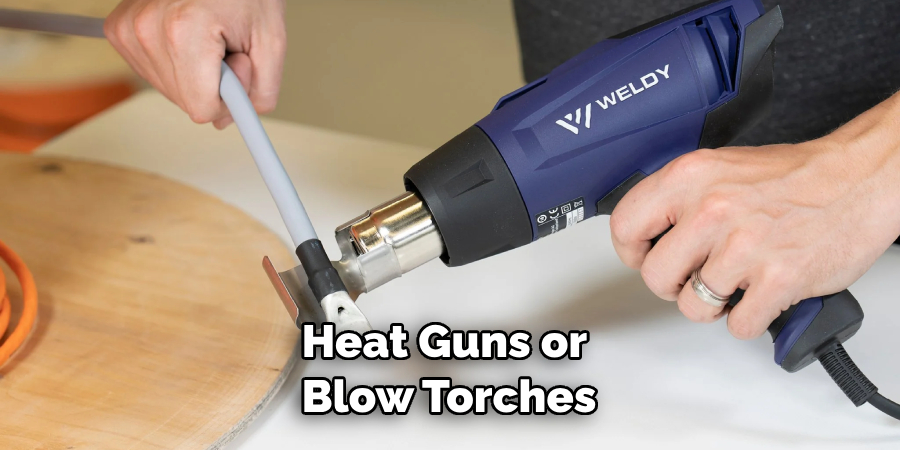
- Chemical solvents such as paint stripper or epoxy remover can be used to dissolve the resin and make it easier to scrape off.
- Heat guns or blow torches can also be used to soften the resin and make it easier to remove.
- Sandpaper is a great way to slowly and gently sand away the epoxy resin without damaging the wood.
- If possible, try to lift or scrape the epoxy resin off with a putty knife or other similar tool.
- A power washer can also be used to blast away at stubborn residue that won’t come off any other way.
No matter which method you choose, make sure to wear protective gear and follow the safety measures above to ensure a successful project!
Conclusion
Removing epoxy resin from wood can be tricky, but with a few simple steps on how to remove epoxy resin from wood, you can get the job done quickly and safely. Removing epoxy resin from wood is no small feat, but with the right combination of effort and persistence, it can be achieved.
With the right strategy and materials you can find success in removing any residue left behind after you’ve finished a repair. Of course, if you’re ever unsure or decide to forgo taking on the task yourself, never hesitate to enlist a trusted professional to assist; they may be able to offer more successful solutions than doing it at home as DIYers.
Finally, make sure that whether you take on this task yourself or enlist help, always ensure proper and safe use of all materials used in order to avoid any painful or chronic health issues – particularly when using chemical solvents. All in all, removing epoxy resin from wood is an achievable task with patience and vigilance, have faith that you will find a solution that works!

